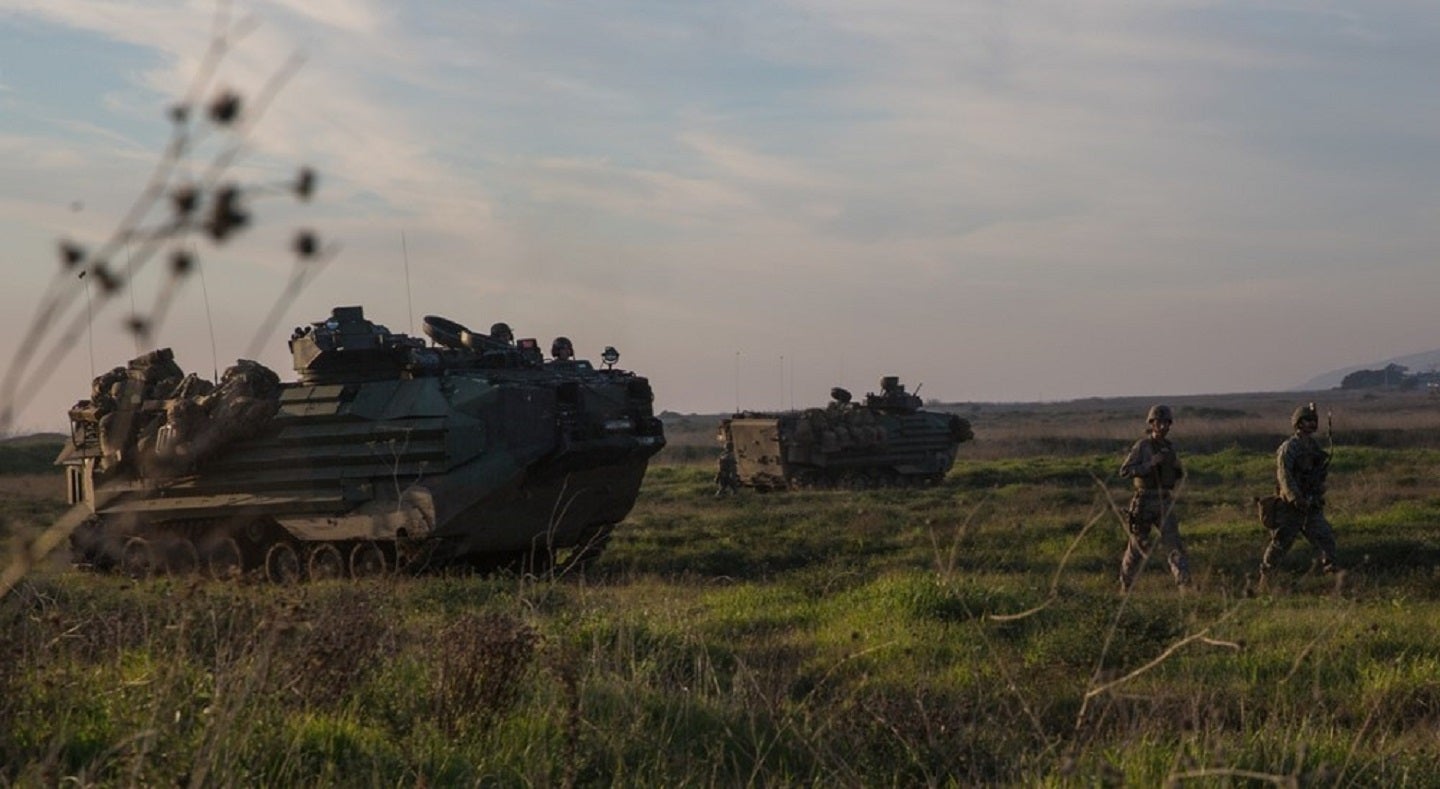
The Romanian government is in the process of acquiring 16 Assault Amphibious Vehicles (AAVs) from the US Department of Defense (DoD) for $120.5m (541 lei) under a Foreign Military Sales agreement.
The Defense Security Co-operation Agency (DSCA) delivered the required certification notifying Congress of this possible sale on 27 July 2023.
Romania has requested to buy 16 AAV Personnel Variant (AAVP-7A1); three AAV Command Variant (AAVC-7Al); two AAV Recovery Variant (AAVR-7Al); 16 50 calibre machine guns (heavy barrel); and five 7.62mm M240B machine guns.
The deal also are MK-19 grenade launchers; M36E T1 Thermal Sighting Systems; support spare parts; support equipment (including special mission kits/Enhanced Applique Kits); training, unclassified technical manuals, technical data package, engineering and technical support and assistance (including Contractor Engineering Technical Services); and other related elements of program and logistics support.
The DSCA has not yet determined a principal contractor for this ongoing sale and there are no known offset agreements proposed.
This proposed sale will support US foreign policy and national security objectives by helping to improve the security of a Nato which is an important force for political and economic stability in Europe. It is vital to the US national interest to assist Romania in developing and maintaining a strong and ready self-defence capability.
What will the AAVs bring to Romania’s military?
According to GlobalData’s Romania Defence Market report, the Russian invasion of Ukraine in 2022 has had a dramatic effect on the growth of Romania’s defence budget. Having seen a modest increase of $0.7bn over 2019–20 then stagnating at around $5.5bn over 2020–22, the Budget Law approved by Parliament in December 2022 confirms $8bn in 2023, or a year-on-year increase of 45.2%.
After this sharp rise, the forecast 2023–28 period is expected to see a steadier compound annual growth rate of 2.8%, seeing the budget finish at $9.3bn in 2028. This makes the cumulative spend in 2024–28 $44.1bn, compared to $29.5 for 2019–23.
Relative to the overall size of its economy, the percentage of gross domestic product that Romania spends on its military is already well above the 2% Nato minimum target, predicted to remain at around 3.2% over 2024–28.
This increased defence spending largely pays for the country’s modernisation of its armed forces. According to the country’s army force structure, it has currently operates 76 MLVM infantry fighting vehicle units, which were originally procured in 1980. Since then, in 2018-20, the country procured 62 Piranha V units from US defence supplier, General Dynamics European Land Systems.
In a defence environment where the lines between domains are starting to blur, and when multi-domain integration is encouraged more than ever before, Romania sets its eyes on AAVs to prepare its forces’ expeditionary capabilities.
“The proposed sale will improve Romania’s capability to meet current and future threats by modernising and ensuring Romania’s continued expeditionary capability to counter regional threats. Romania will have no difficulty absorbing this equipment and services into its armed forces,” the DSCA stated.





